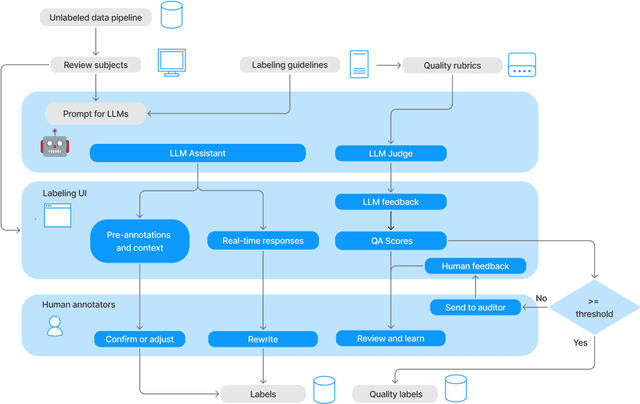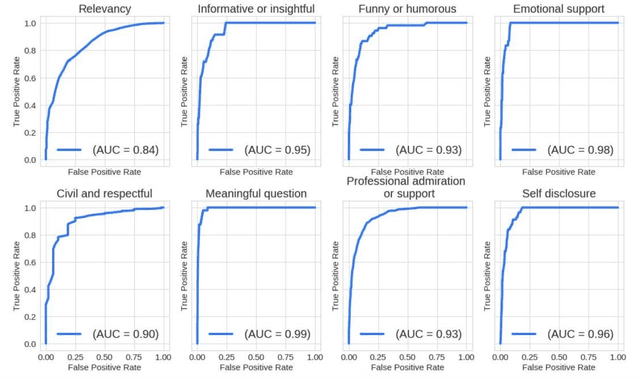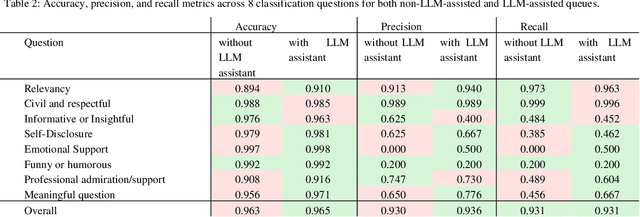Robert Kuo
Model-in-the-Loop (MILO): Accelerating Multimodal AI Data Annotation with LLMs
Sep 16, 2024



Abstract:The growing demand for AI training data has transformed data annotation into a global industry, but traditional approaches relying on human annotators are often time-consuming, labor-intensive, and prone to inconsistent quality. We propose the Model-in-the-Loop (MILO) framework, which integrates AI/ML models into the annotation process. Our research introduces a collaborative paradigm that leverages the strengths of both professional human annotators and large language models (LLMs). By employing LLMs as pre-annotation and real-time assistants, and judges on annotator responses, MILO enables effective interaction patterns between human annotators and LLMs. Three empirical studies on multimodal data annotation demonstrate MILO's efficacy in reducing handling time, improving data quality, and enhancing annotator experiences. We also introduce quality rubrics for flexible evaluation and fine-grained feedback on open-ended annotations. The MILO framework has implications for accelerating AI/ML development, reducing reliance on human annotation alone, and promoting better alignment between human and machine values.
Ego-Exo4D: Understanding Skilled Human Activity from First- and Third-Person Perspectives
Nov 30, 2023



Abstract:We present Ego-Exo4D, a diverse, large-scale multimodal multiview video dataset and benchmark challenge. Ego-Exo4D centers around simultaneously-captured egocentric and exocentric video of skilled human activities (e.g., sports, music, dance, bike repair). More than 800 participants from 13 cities worldwide performed these activities in 131 different natural scene contexts, yielding long-form captures from 1 to 42 minutes each and 1,422 hours of video combined. The multimodal nature of the dataset is unprecedented: the video is accompanied by multichannel audio, eye gaze, 3D point clouds, camera poses, IMU, and multiple paired language descriptions -- including a novel "expert commentary" done by coaches and teachers and tailored to the skilled-activity domain. To push the frontier of first-person video understanding of skilled human activity, we also present a suite of benchmark tasks and their annotations, including fine-grained activity understanding, proficiency estimation, cross-view translation, and 3D hand/body pose. All resources will be open sourced to fuel new research in the community.
 Add to Chrome
Add to Chrome Add to Firefox
Add to Firefox Add to Edge
Add to Edge